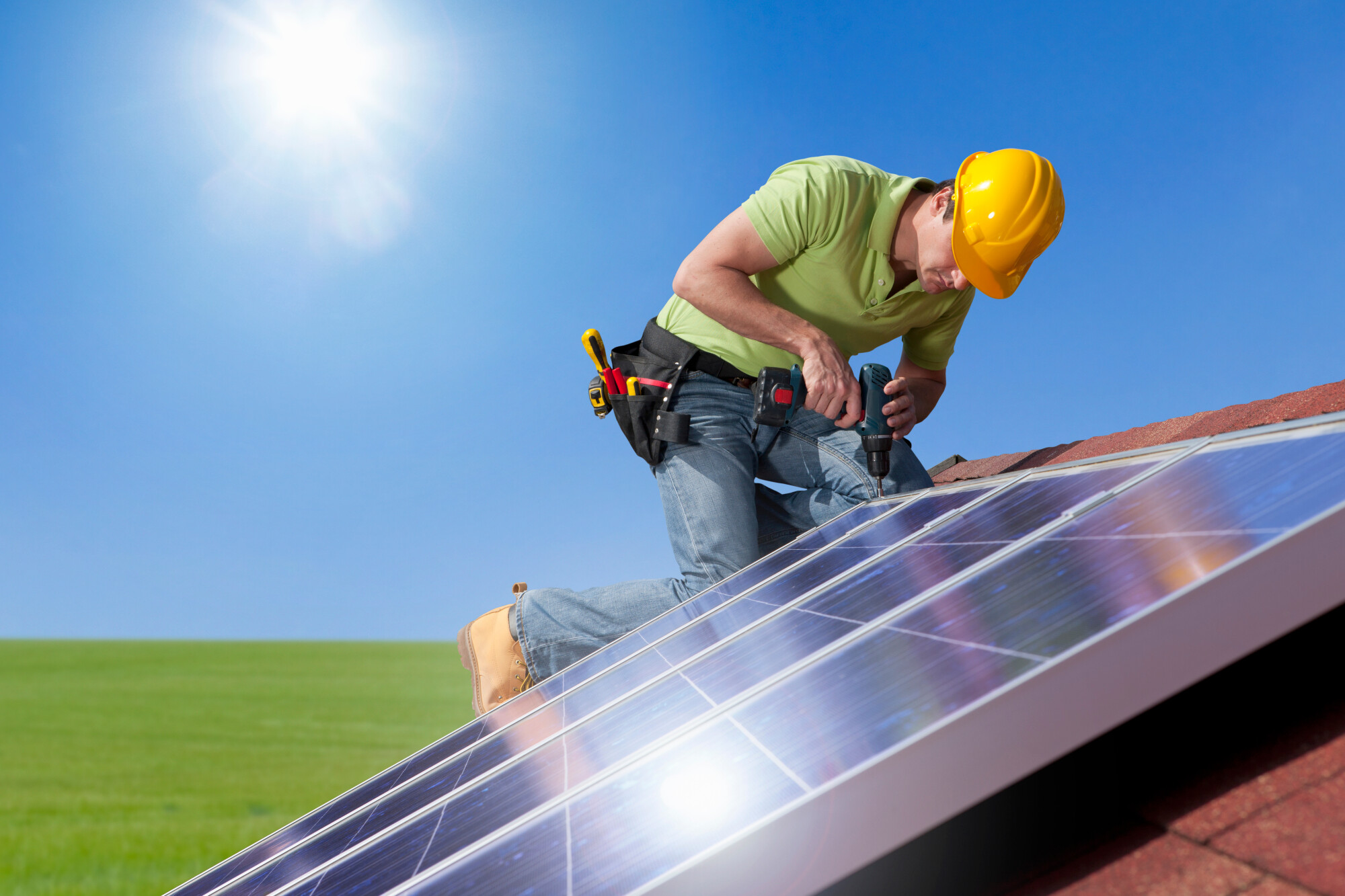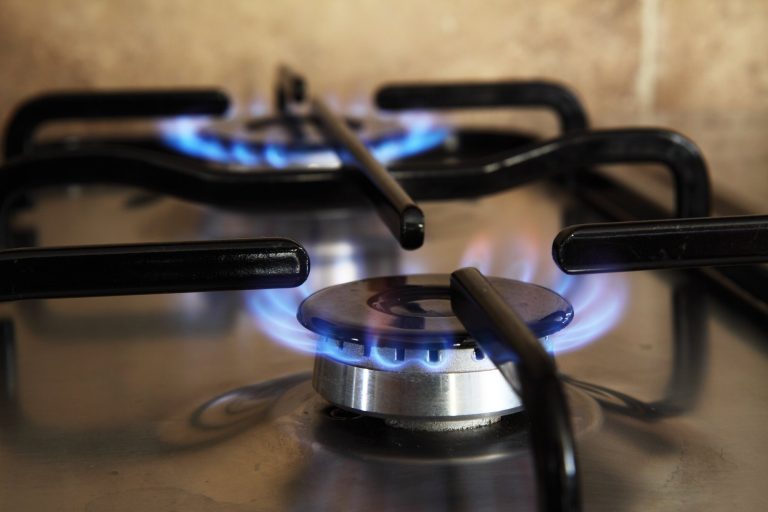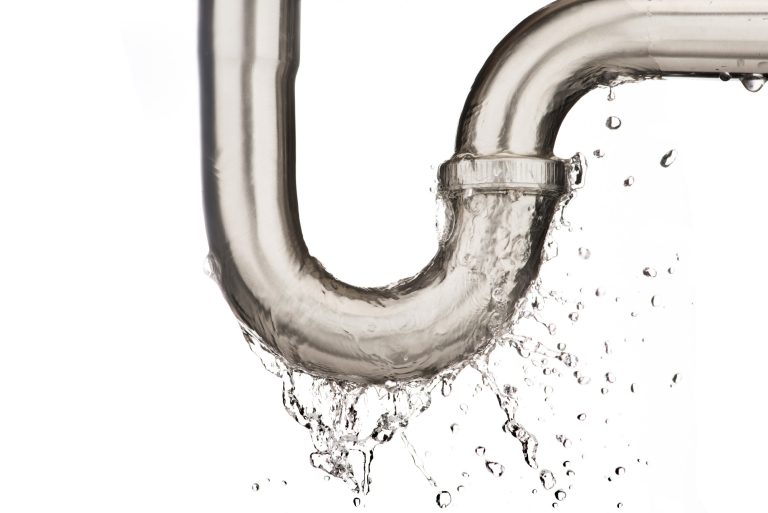The Solar Installation Process: A Guide
The global solar energy systems market was valued at $160.3 billion in 2021 and is expected to grow at a compound annual growth rate of 15.7% from 2022 to 2030. Did you know that solar power has the potential to capture a quarter of the energy supply in the United States?
When you consider how much energy the entire country utilizes, the solar installer seems the way of the future. Furthermore, you will only be adding positive aspects to your life. You might realize how much work goes into installing a solar panel.
Solar installation is a valuable asset. It will enhance your independence by allowing you to stop relying on the energy provider. You may notice solar panels in your neighborhood and be tempted to buy one for your home.
Continue reading to learn more about the solar installation process.
Where Should Solar Panels Be Installed?
It is critical to place your solar panel in a location that receives the most direct sunlight. Solar panels work best when they are exposed to direct sunlight. When installing your solar power system, aim to position your photovoltaic panels beneath the noontime sun for the best performance.
Take care of any sunlight impediments before installation. Remove any unwanted obstacles. You should also trace it and ensure that no object casts a shadow over your solar photovoltaic system.
Solar Panel Mounting Options
Solar panel mounting options are important to consider when installing solar panels. This is to ensure that the panels are installed in the most efficient and effective way. These mounts are classified into three types:
Pole Mounts
Pole mounts are made up of U-bolts with a J-mount or an L-bracket. An existing pole also or a new stand is employed. Or a mast on a tripod, another type of roof mount, such as a non-penetrating roof mount, or wall brackets.
Roof-Ground Mounts
A ground mount occurs when the panels of a rack system live anchored to the ground by steel beams or another kind of metal post. Ground mounts as well can be set up as a carport. It can be installed over a parking lot or in an open space.
Flush Mounts
Flush Mount allows mounting a device into an opening or enclosure. It is mounted from the front and secured from the rear.
Things to Do Before Solar Panel Installation
There are several aspects to think about before you begin the installation procedure. Understanding the parts involved in a job like this is required.
Cost Calculation
The solar panel costs of installing a system of a particular type and size are the first step. Keep in mind that the governments of various nations offer subsidies to promote the installation of solar benefits and the use of renewable energy. The level of support varies depending on the country.
Equipment Needed
Make a checklist of the supplies needed for a solar energy system: solar panels, a charge controller, a power inverter, and batteries. The necessary tools and materials must be available to execute the task. Having the correct tools and materials on hand might aid in the smooth operation of the solar installation procedure.
The System’s Size
The required size of the solar system must then be determined. The total wattage of all the electrical devices you want to use should be included. Determine the number of hours a day that the appliances will be used.
If you take the remove actions, you determine the required power and wire size. The proper wire size will enable optimal power transfer to your batteries and prevent wire overheating.
Finding a Professional Solar Installer
Check reviews from past customers, and ask for references. Depending on your local area, you locate a certified solar energy professional. With the right installer in place, you can feel confident that your project will live handled so you can start the benefits of clean, renewable energy as soon as possible.
Yet, finding a reputable installer is the first step in ensuring a successful and safe solar installation. When selecting an installer, professionals have experience with the type of solar panel system you install. Compare quotes from each installer to find the best option for your situation.
The Solar Installation Process
Electricity can stand produced using solar panels for both domestic and business use. In both situations, photovoltaic panels on the roof get the most sunlight possible from the system. The stages involved in installation are as follows:
Installation of Mount
The mounts needed to hold the solar panels must first stand fixed. Depending on the need, it may be flush mounts or roof-ground mounts. The Northern Hemisphere is the best place for nations to install solar panels because it receives the most sunshine.
Directions to the east and west will also work. The ideal order is north for countries in the Southern Hemisphere. Again, the mounting structure must be slightly tilted.
The angle of the tilt could be between 18 and 36 degrees. Many companies use a solar tracker to increase conversion efficiency.
Put the Solar Panels in Place
The solar panels must stand attached to the mounting system in the next stage. Nuts and bolts exist tightened to do this. Proper care to secure the entire structure is solid and long-lasting.
Electrical Wiring Process
The next step is to do the electrical wiring. Universal connectors like MC4 are used during wiring because these connectors can be connected to all types of solar panels. These panels can be electrically connected in the following series:
Series Connection
In this arrangement, the Positive (+) and Negative (-) wires of two PV modules are connected in series. The voltage match with the battery bank is improved with this style of wiring.
Parallel Connection
Positive (+) to Positive (+) and negative (-) to negative (-) connections are made in this instance. Each panel’s wiring voltage remains the same.
System to Solar Inverter Connector
The system must next be connected to a solar inverter. Both the positive and negative wires are linked to the inverter’s terminals. The grid input and solar battery are then linked to the solar inverter to create electricity.
It is a guide system that helps homeowners to know and install solar inverter connectors in their homes. Solar inverter connectors convert direct current (DC) power from solar panels into alternating current (AC) for use in the house. This guide outlines the entire process of installation. It also includes necessary safety measures and instructions that must be followed.
It elaborates on post-installation tasks for the home’s electric system. It is essential to ensure a safe and hassle-free solar installation.
Connect the Solar Battery and Inverter
The solar inverter and solar battery must then be connected. Positive-to-positive and negative-to-negative links are made between the battery’s positive terminal and the inverter’s positive terminal. To store backup electricity, an off-grid solar system needs batteries.
The solar installation process is a step-by-step guide to connecting the solar battery and inverter. It begins with laying out the ground structure for the solar panel array. It requires the installation and connection of the mounting hardware.
The next step is to set up the electricity balance system by wiring the DC and AC components. The solar battery is then connected to the inverter and mounts, and the inverter cables to the meters, junction boxes, breaker panels, and other electrical equipment. All connections are carefully inspected and tested for functionality and performance.
Connect the Grid to the Solar Inverter
The solar installation process begins by connecting the grid to the solar inverter. Depending on the size of the solar system, the electrician may need to install a new meter base and approve it with the utility company. After the connection, the electrician will check the solar inverter is functioning.
They will test the link and look for any potential short circuits. The electrician will connect the solar array or PV Panel to the inverter to convert the energy from the sun into electricity. This electricity is then sent back to the utility company.
The solar installation guide is quite complex and should only be done with the help of qualified professionals to ensure that it is installed safely and securely.
The Inverter Must Then Be Connected to the Grid
A regular plug is used on the main power switchboard to create this connection. The electric board that supplies electricity to the dwelling is connected to an output wire.
Begin the Solar Inverter
The solar inverter installation process is a crucial step in solar energy production. It begins with the proper inverter based on the specific needs of your home or business. After that, secure a qualified electrician to install your inverter.
The installation includes connecting the inverters to the solar modules and running cabling. The completed structure needs to be tested. Your solar energy system is ready to start producing renewable, free energy from the sun.
When all the electrical cabling is complete, turn the inverter switch ON the main switch of the house. Most solar inverters will have digital display statistics about your solar unit’s generation and usage.
Understanding the Guidelines for the Solar Installation Process
Installing solar panels is a great asset since it offers financial and lifestyle. Anyone thinking about installing solar panels for their house must have access to the guide to the solar installation process. It offers a complete look at the process and phases of installation.
Get in touch with a qualified solar installation company right away.
Do you want to find more helpful info? Check out more of our guides on our blog today!






